Relocating the Thermostat: pros and cons?
leafy02
12 years ago
Featured Answer
Sort by:Oldest
Comments (16)
harlemhvacguy
12 years agoleafy02
12 years agoRelated Professionals
Belleville Solar Energy Systems · North Tustin Solar Energy Systems · Norton Solar Energy Systems · Waltham Solar Energy Systems · Wasco Solar Energy Systems · New Lenox Solar Energy Systems · Asheville Home Automation & Home Media · Danville Home Automation & Home Media · Evanston Home Automation & Home Media · Fort Collins Home Automation & Home Media · Glendale Heights Home Automation & Home Media · Naperville Home Automation & Home Media · Pittsburgh Home Automation & Home Media · Skokie Home Automation & Home Media · Yeadon Home Automation & Home Medialeafy02
12 years agoharlemhvacguy
12 years agotigerdunes
12 years agoleafy02
12 years agomike_home
12 years agomaryland_irisman
12 years agoleafy02
12 years agopeachiepie
12 years agosteve2359
12 years agomj242
8 years agolast modified: 8 years agoLinda R
6 years agomtvhike
6 years agoAustin Air Companie
6 years agolast modified: 6 years ago
Related Stories

MOVINGRelocating Help: 8 Tips for a Happier Long-Distance Move
Trash bags, houseplants and a good cry all have their role when it comes to this major life change
Full Story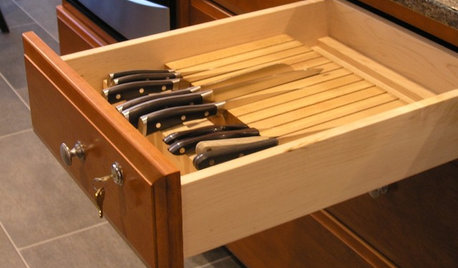
REMODELING GUIDESFrom the Pros: 8 Reasons Kitchen Renovations Go Over Budget
We asked kitchen designers to tell us the most common budget-busters they see
Full Story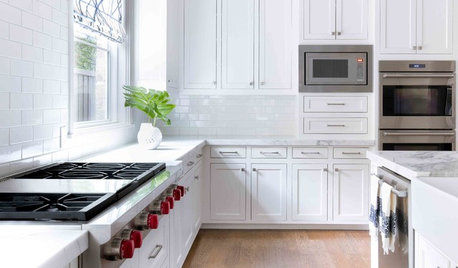
KITCHEN APPLIANCES9 Places to Put the Microwave in Your Kitchen
See the pros and cons of locating your microwave above, below and beyond the counter
Full Story
THE HARDWORKING HOMEWhere to Put the Laundry Room
The Hardworking Home: We weigh the pros and cons of washing your clothes in the basement, kitchen, bathroom and more
Full Story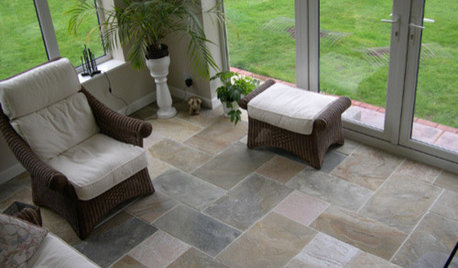
REMODELING GUIDESYour Floor: How to Find Right Stone Tile
Get the Pros and Cons of Slate, Travertine, Sandstone, Marble and Granite
Full Story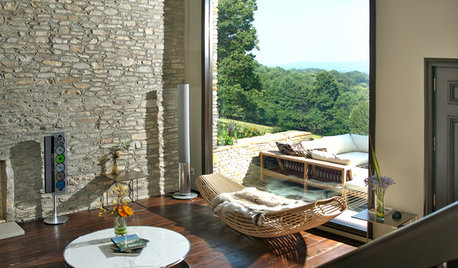
REMODELING GUIDESYour Floors: Zebra, Tiger, and Teak Wood, Oh, My!
Get the Pros and Cons of Exotic Woods: Hickory, Cherry, Rosewood and More
Full Story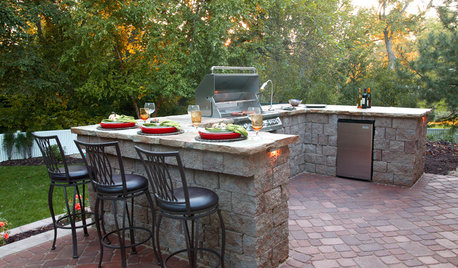
OUTDOOR KITCHENSYour Guide to Grills and More for Great Outdoor Cooking
Learn the pros and cons of gas versus charcoal grills, and about neat add-ons that let you do more
Full Story
REMODELING GUIDESThe Hidden Problems in Old Houses
Before snatching up an old home, get to know what you’re in for by understanding the potential horrors that lurk below the surface
Full Story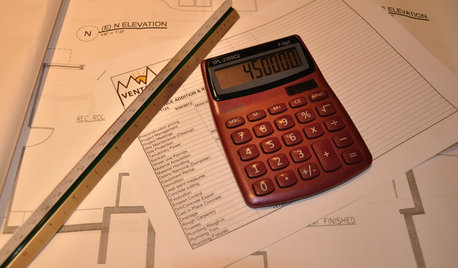
CONTRACTOR TIPSLearn the Lingo of Construction Project Costs
Estimates, bids, ballparks. Know the options and how they’re calculated to get the most accurate project price possible
Full Story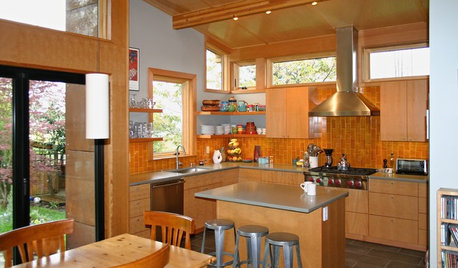
CONTRACTOR TIPS10 Things to Discuss With Your Contractor Before Work Starts
Have a meeting a week before hammers and shovels fly to make sure everyone’s on the same page
Full Story






tigerdunes